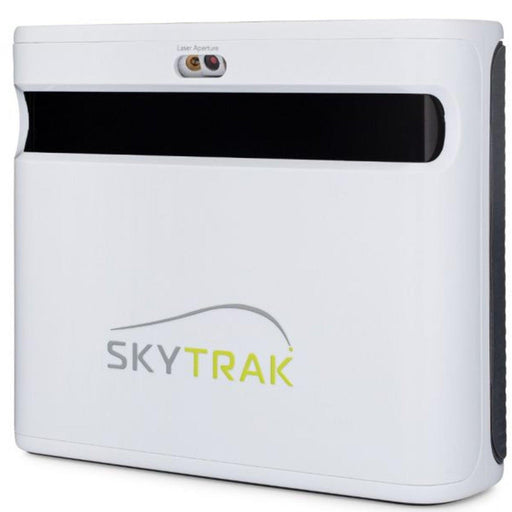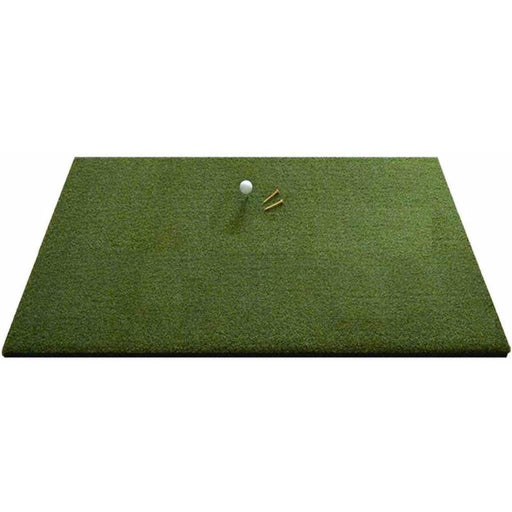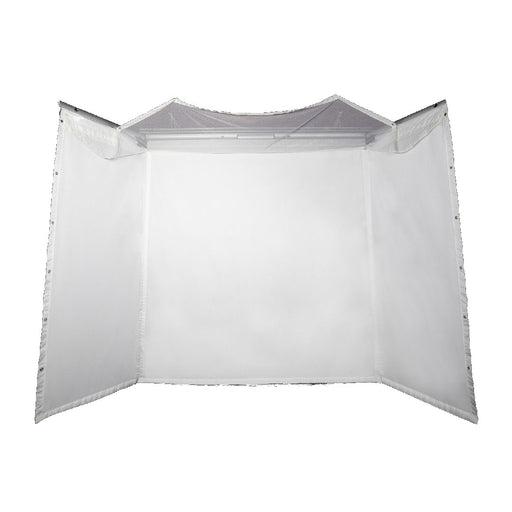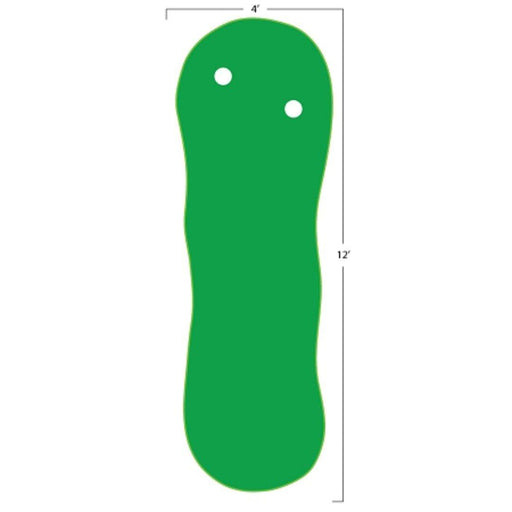
Exploring the Science Behind Golf Simulators
Golf simulators have become increasingly popular among golfers of all skill levels, offering a convenient and immersive way to practice and play the game. But have you ever wondered how these high-tech devices work? In this article, we'll take a closer look at the science behind golf simulators and explore the technology that makes them tick.
Golf Simulator Technology
- Optical Sensors: One of the key components of a golf simulator is the optical sensor system. These sensors use infrared light to track the movement of the golf ball and the club throughout the swing. By analyzing the data collected by the sensors, the simulator can accurately determine parameters such as ball speed, club speed, launch angle, and spin rate.
- High-Speed Cameras: Many golf simulators also use high-speed cameras to capture detailed images of the ball and club during the swing. These cameras can capture thousands of frames per second, allowing the simulator to accurately track the trajectory of the ball and club and provide precise feedback on your swing.
- Doppler Radar: Some advanced golf simulators use Doppler radar technology to track the flight of the ball after it is hit. Doppler radar works by emitting radio waves and then measuring the change in frequency as the waves bounce off the moving object (in this case, the golf ball). This allows the simulator to accurately calculate parameters such as ball speed, launch angle, and spin rate.
- Computer Algorithms: Once the data has been collected by the sensors, cameras, or radar, it is processed by powerful computer algorithms that simulate the flight of the ball in real-time. These algorithms take into account factors such as wind speed, air density, and the angle of the club face to accurately predict the trajectory of the ball and where it will land.
- Projection Systems: The final piece of the puzzle is the projection system, which displays the virtual golf course and ball flight on a large screen or projector. Modern projection systems use high-definition projectors and advanced graphics software to create a lifelike simulation of the golf course, complete with realistic terrain, lighting, and weather effects.
How Golf Simulators Work
Now that we've explored the technology behind golf simulators, let's take a closer look at how they work:
- Swing Analysis: When you take a swing, the optical sensors, cameras, or radar track the movement of the ball and club and collect data on parameters such as ball speed, club speed, launch angle, and spin rate.
- Data Processing: The data collected by the sensors is processed by computer algorithms that simulate the flight of the ball in real-time. These algorithms take into account factors such as wind speed, air density, and the angle of the club face to accurately predict the trajectory of the ball.
- Simulation: The projected image of the virtual golf course and ball flight is then displayed on a large screen or projector, allowing you to see where your shot would have landed if you were playing on a real course.
A High-Tech Way to Improve Your Game
Golf simulators are more than just a fun way to play golf – they're also a powerful tool for improving your game. By providing detailed data and analysis of your swing, simulators can help you identify areas for improvement and make adjustments to your technique. Whether you're a beginner looking to learn the game or a seasoned pro looking to fine-tune your skills, a golf simulator is a valuable addition to any golfer's training arsenal.
If you're interested in learning more about how golf simulators work or are considering investing in one for your home, don't hesitate to reach out to us at Simply Golf Simulators. Our team of experts is here to answer any questions you may have and help you find the perfect simulator for your needs.

Have Questions About Golf Simulators?
Our expert team is here to help you find the perfect golf simulator for your needs.
Featured products
-
SkyTrak+
Original price $2,995.00 - Original price $3,145.00Original price$2,995.00 - $3,145.00$2,995.00 - $3,145.00Current price $2,995.00Introducing the SkyTrak+ Launch Monitor: Unmatched Accuracy and Advanced Features Experience a new level of precision and innovation with the SkyTr...
View full details -
ProTee Majestic Simulator Package
Original price $9,618.00 - Original price $13,848.00Original price$9,618.00 - $13,848.00$9,618.00 - $13,848.00Current price $9,618.00ProTee Majestic Golf Simulator Package: Elevate Your Indoor Golf Experience Transform your home or business into a golfer’s dream with the ProTee M...
View full details -
Eagle Golf Mat
Original price $370.00 - Original price $1,130.00Original price $370.00$370.00$370.00 - $1,130.00Current price $370.00Introducing the Eagle Golf Mat: The Ultimate Golf Experience Are you passionate about golf and demand nothing but the very best in your practice eq...
View full details -
Retractable HomeCourse® Golf ProScreen 180
Original price $2,299.00Original price $2,299.00 - Original price $2,299.00Original price $2,299.00Current price $1,999.00$1,999.00 - $1,999.00Current price $1,999.00HomeCourse® Golf ProScreen 180 HomeCourse® Golf ProScreen 180 is a retractable golf screen and enclosure. HomeCourse® Golf ProScreen 180's ballisti...
View full details -
The Augusta V2 4'x12' 2 Cups
Original price $399.00Original price $399.00 - Original price $399.00Original price $399.00Current price $329.00$329.00 - $329.00Current price $329.00The Augusta is one of Big Moss’ traditional models. It offers unmatched versatility for teaching and year round practice. Make a long-term investme...
View full details





